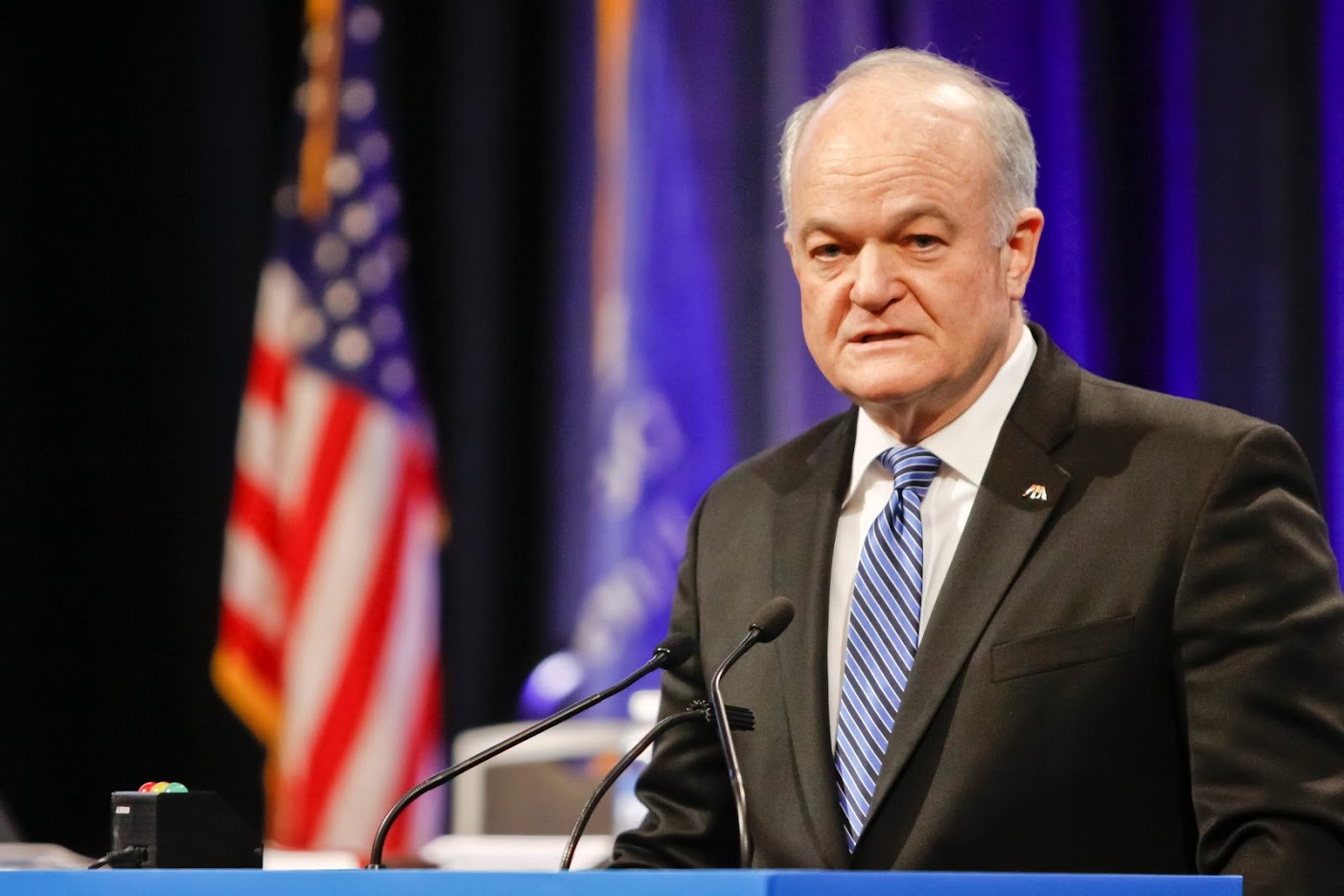Massive restructuring at the ABA will rehouse entities under 9 centers

The executive director of the ABA has announced the details of a major restructuring of the organization.
Under the new structure, nine centers will be formed, each of which will fall under one of the four goals of the ABA: serving members; improving the profession; eliminating bias and enhancing diversity; and advancing the rule of law.
In a memo to staff, ABA Executive Director Jack Rives said that this is the culmination of long-term discussions with the Board of Governors on how the association can operate more efficiently and with less funds.
“Our current structure of divisions, committees, commissions, task forces, working groups, and other creatively named entities makes the Association extraordinarily difficult to access and costly to manage,” Rives wrote. “Our organization’s complexity has also impeded effective resource allocation. We must live within our means; we must prioritize; we must focus our resources on the programs and issues that matter most to our members, the profession and society.”
In the new structure, no entities have been eliminated, though they may now fall under a different command structure. However, staff cuts will occur.
The nine centers are:
GOAL I - Serving Members
• Center for Operations and Finance: Administrative services, human resources, IT and meetings and travel are all under this umbrella, as is the Fund for Justice and Education.
• Center for Member Engagement: Membership services, CLE and publishing will be housed here, including the ABA Journal.
• Center for Member Practice Groups: Sections, divisions and forums will fall under this group. Rives touted the Law Practice & Technology Group as a model for how this center will operate, encouraging joint projects and staff sharing.
GOAL II - Improving the Profession
• Center for ABA Policy and Governance: This will house the policy office, the office of the president and bar services, and directly support ABA leadership.
• Center for Access to Justice and the Profession: This center is intended to address topics of professional responsibility, public education and the delivery of legal services. A number of commissions and standing committees will now fall under this center, including the Standing Committees on Ethics and Professional Responsibility, Professional Discipline, and Legal Aid and Indigent Defense. It will also house the Center for Innovation.
• Center for Accreditation and Education: The association’s activities surrounding guidance and approval for legal education will take place in this center, which will now include the Section of Legal Education and Admissions to the Bar.
GOAL III - Eliminating Bias and Enhancing Diversity
• Center for Diversity in the Profession: The Board of Governors had approved a new structure for the entities promoting diversity in the profession back in April 2017, and for the moment that structure will stay in place.
GOAL IV - Advancing the Rule of Law
• Center for Global Programs: The ABA’s international efforts will be undertaken by this center, including the Rule of Law Initiative and the Center for Human Rights. The ABA’s representatives and observers to the United Nations will also answer to this center.
• Center for Public Interest Law: The purpose of this center will be representing those who are underserved by the profession and promoting efforts to solve the underlying systemic causes of many legal issues. Commissions on immigration, homelessness and poverty, domestic and sexual violence, gun violence, and the special needs of children and seniors will be housed here. It will also contain asylum and death penalty review projects.
While the nine new centers will encompass the vast majority of the association’s services, there will still be four groups that report directly to the executive director: the general counsel’s office, the internal auditor, the Governmental Affairs Office and the media relations staff.
Before reorganization plans were finalized, long-serving staff members were offered the association’s first-ever buyout plan, which Rives announced in early February. The majority of those who accepted the buyout left at the end of March, though some stayed longer to finish projects that were already underway.
The voluntary separations helped to inform the reorganization plans, and Rives wrote in his memo to staff that: “As a result of this reorganization and in consideration of the reduced funding available for general operations, some staff positions will no longer be required and will be eliminated.” These layoffs will take place in mid-April. Rives told staff that he expects to have finalized those decisions and notified the people affected by April 20.



